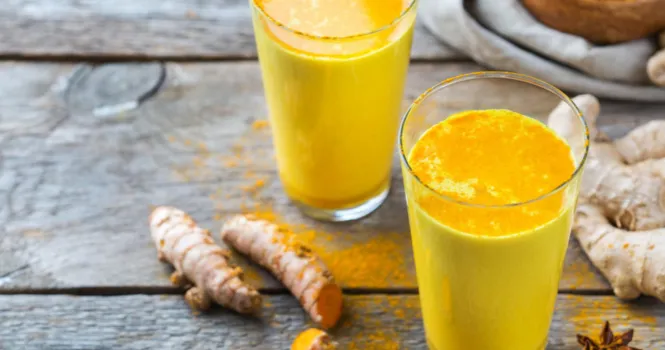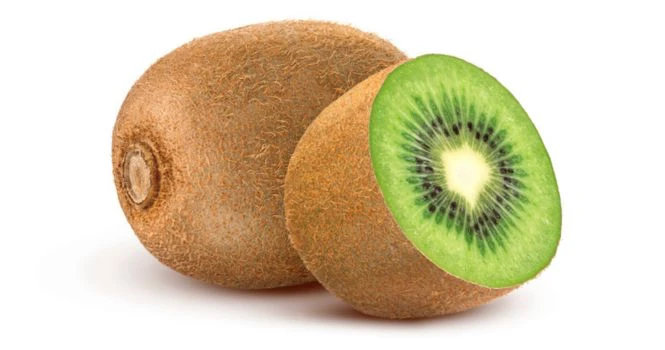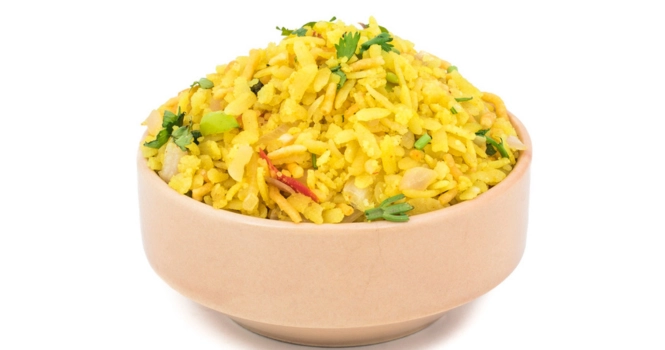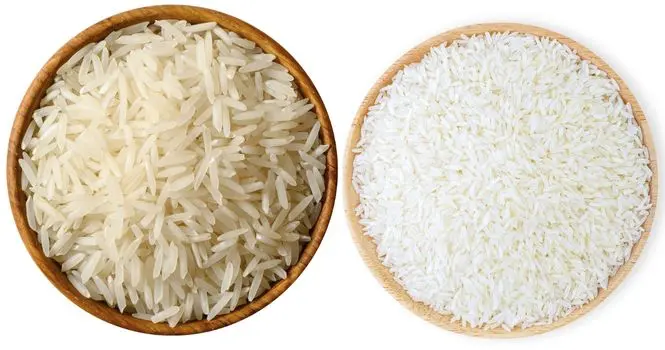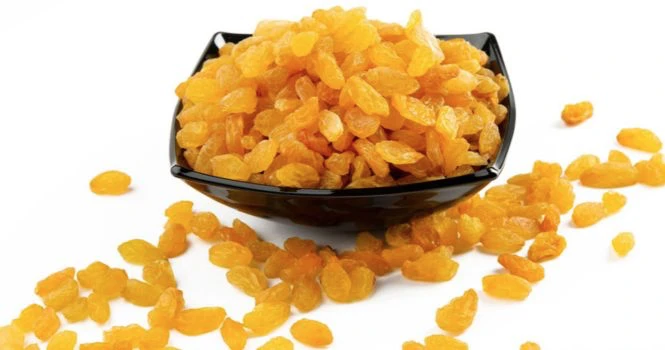Rambutan, Lychee, and Longan: A Comparative Guide
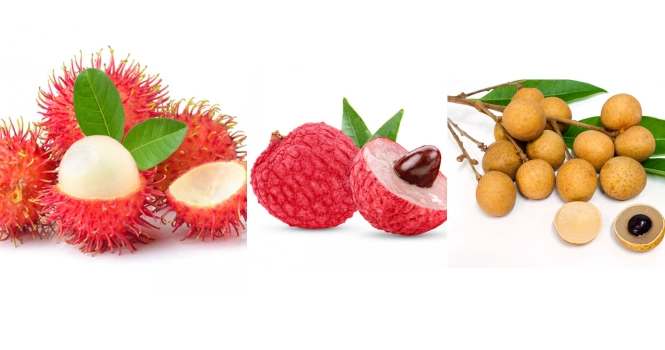
Rambutan, Lychee, and Longan are all exotic fruits that belong to the soapberry family (Sapindaceae), known for their unique appearance and sweet, aromatic flavors.
Each of these fruits is distinct in its own right, with variations in taste, texture, and appearance.
Rambutan
- Appearance: Rambutan is easily recognizable by its hairy exterior, with a thick skin covered in soft, pliable spines, usually red or yellow when ripe.
- Taste and Texture: The edible part of the rambutan is translucent white to pale pink flesh, which is juicy and sweet with a slightly creamy texture. The flavor is often compared to grapes with a mild sweetness and a hint of acidity.
- Origin and Cultivation: Native to Southeast Asia, rambutan trees thrive in tropical climates and are widely cultivated in regions like Malaysia, Thailand, and Indonesia.
They are commonly called as ,
- English: Rambutan
- Malay/Indonesian: Rambutan, derived from the Malay word “rambut” meaning hair, referring to the fruit’s hairy appearance.
- Thai: Ngoh
- Vietnamese: Chôm chôm or sầu riêng nhãn
Lychee
- Appearance: Lychees have a rough, reddish-pink skin that is relatively easy to peel. The skin texture is bumpy and leathery.
- Taste and Texture: The flesh of the lychee is white and translucent, with a sweet and fragrant flavor reminiscent of a combination of citrus and rosewater. The texture is juicy and slightly firm.
- Origin and Cultivation: Lychee is native to Southern China and has been cultivated for over 2,000 years. Today, it is grown in many parts of the world, including Southeast Asia, India, and South Africa.
They are commonly called as ,
- English: Lychee
- Chinese: Lìzhī (荔枝)
- Hindi: Litchi
- Vietnamese: Vải or Vải thiều
Longan
- Appearance: Longan fruits have a more subdued appearance, with a smooth, light brown skin that’s easy to peel. They are often smaller than lychees.
- Taste and Texture: The flesh of the longan is translucent, with a taste that is less aromatic than lychee but still sweet and somewhat musky. The texture is similar to that of a grape but slightly firmer.
- Origin and Cultivation: Longan is also native to Southern China and is widely grown in Southeast Asia. It prefers a warm, tropical climate similar to that of lychees and rambutans.
They are commonly called as ,
- English: Longan
- Chinese: Lóngyǎn (龙眼), meaning “dragon eye” due to the appearance of the shelled fruit with the black seed showing through the translucent flesh, resembling an eyeball.
- Thai: Lam Yai
- Vietnamese: Nhãn
Despite their similarities, each of these fruits offers a unique sensory experience. They are often eaten fresh but can also be found canned, dried, or used in various culinary preparations, including desserts, cocktails, and savory dishes. In traditional medicine, these fruits are valued for their supposed health benefits, although scientific evidence supporting these claims varies.
The key differences between Rambutan, Lychee, and Longan
| Feature | Rambutan | Lychee | Longan |
| Origin | Southeast Asia | Southern China | Southern China |
| Appearance | Hairy, red or yellow skin | Rough, reddish-pink, bumpy skin | Smooth, light brown skin |
| Size | Medium to large | Small to medium | Small |
| Flesh | Translucent, white to pale pink | Translucent, white | Translucent, white |
| Taste | Sweet, slightly acidic | Sweet, fragrant, floral | Sweet, musky |
| Texture | Juicy, slightly creamy | Juicy, firm | Juicy, somewhat firm |
| Seed | Large, oblong | Small, round, dark brown | Small, round, dark brown |
| Culinary Uses | Eaten fresh, jams, jellies | Eaten fresh, desserts, drinks | Eaten fresh, dried, desserts |
| Nutritional Profile | Rich in vitamin C, fiber | Rich in vitamin C, potassium | Rich in vitamin C, minerals |
This table summarizes the distinctive features and common uses of each fruit, providing a quick reference for understanding their differences.
Frequently Asked Questions
Longan vs. Lychee: Which is Better?
The choice between longan and lychee largely depends on personal preference, as both fruits offer unique flavors and nutritional profiles. Lychee is known for its sweet, fragrant, and slightly floral taste, while longan has a sweeter, more subdued flavor with a hint of muskiness.
In terms of nutrition, both are rich in vitamin C and provide various antioxidants, but lychee has a slightly higher sugar content and a more robust flavor profile, making it a favorite for many. However, those looking for a less intense sweetness might prefer longan.
Rambutan vs. Lychee: Which is Tastier?
Deciding which is tastier between rambutan and lychee is subjective and varies by individual taste. Lychee, with its distinct floral aroma and balance of sweetness and acidity, is often preferred for its unique flavor.
Rambutan, while also sweet, offers a creamier texture and a slightly milder taste compared to lychee. Those who enjoy a more aromatic and intense flavor may lean towards lychee, while others might prefer the subtler sweetness of rambutan.
Is Longan Fruit High in Sugar?
Longan fruit does contain sugar, like most fruits, but it is not exceptionally high when consumed in moderation. A serving of longan (about 100 grams) contains approximately 15-17 grams of sugar.
While it is a natural source of sugars, those monitoring their sugar intake, particularly individuals with diabetes, should consider this in the context of their overall diet.
What is the English Name for Rambutan?
The English name for rambutan is simply “rambutan.” It is derived from the Malay word “rambut,” meaning “hair,” which aptly describes the fruit’s unique, hairy appearance.
The name remains consistent across many languages, including English, due to the fruit’s distinctive look and lack of a widely recognized alternative name.
